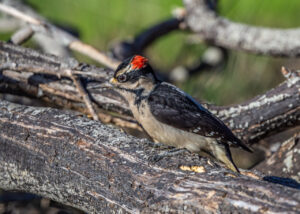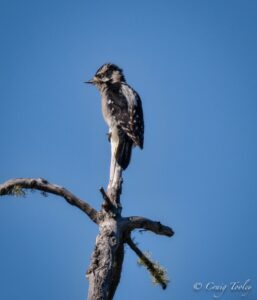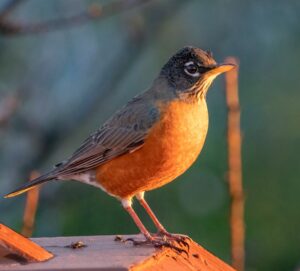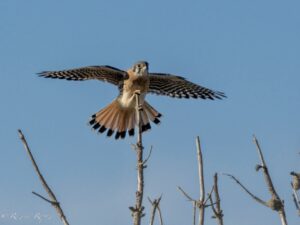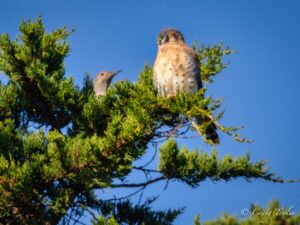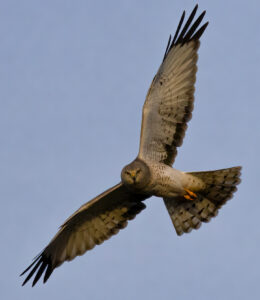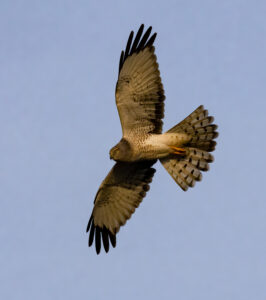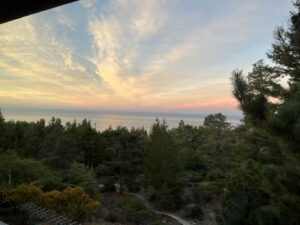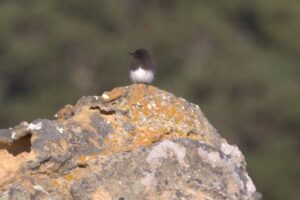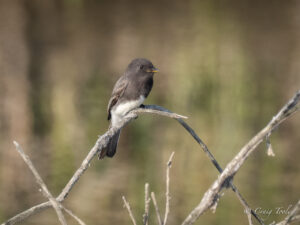Hairy and Downy Woodpeckers can be difficult to tell apart. Diane Hichwa identified this woodpecker Michael Reinhart photographed as a Hairy.
Here's what Diane said about how to ID a Downy versus a Hairy:
"The white down the back is indicative of a Downy OR a Hairy.
The white outer tail feathers with NO black dots tell me it is a Hairy.
(D for downy and D for dots).
Also the bill length to head width says bigger Hairy."
Here is a photo of a Downy Woodpecker, taken by Craig Tooley, for comparison sake.
Hairy Woodpeckers have a quiet "cheep" call which you can hear at this link to the Cornell Lab of Ornithology: https://www.allaboutbirds.org/guide/Hairy_Woodpecker/sounds
Thanks to Mike for allowing me to share his photo with you here. And thanks to Craig for allowing me to show his photo here also. To see much more of Craig's nature photography, here is his website: http://www.ruffimage.com
0.60 inches of rain overnight, sunny and mild today. Another smallish storm coming in Saturday afternoon/evening.

